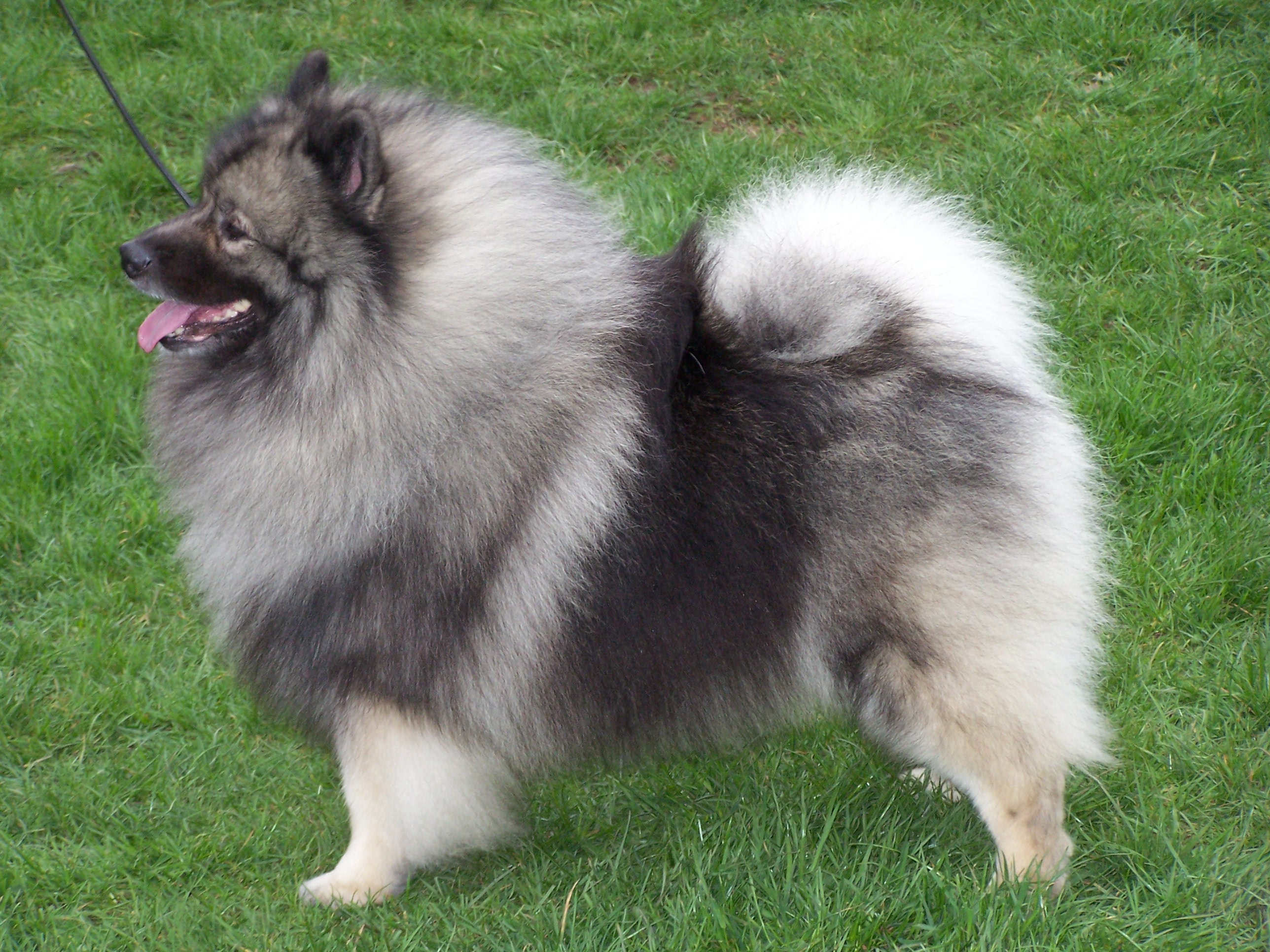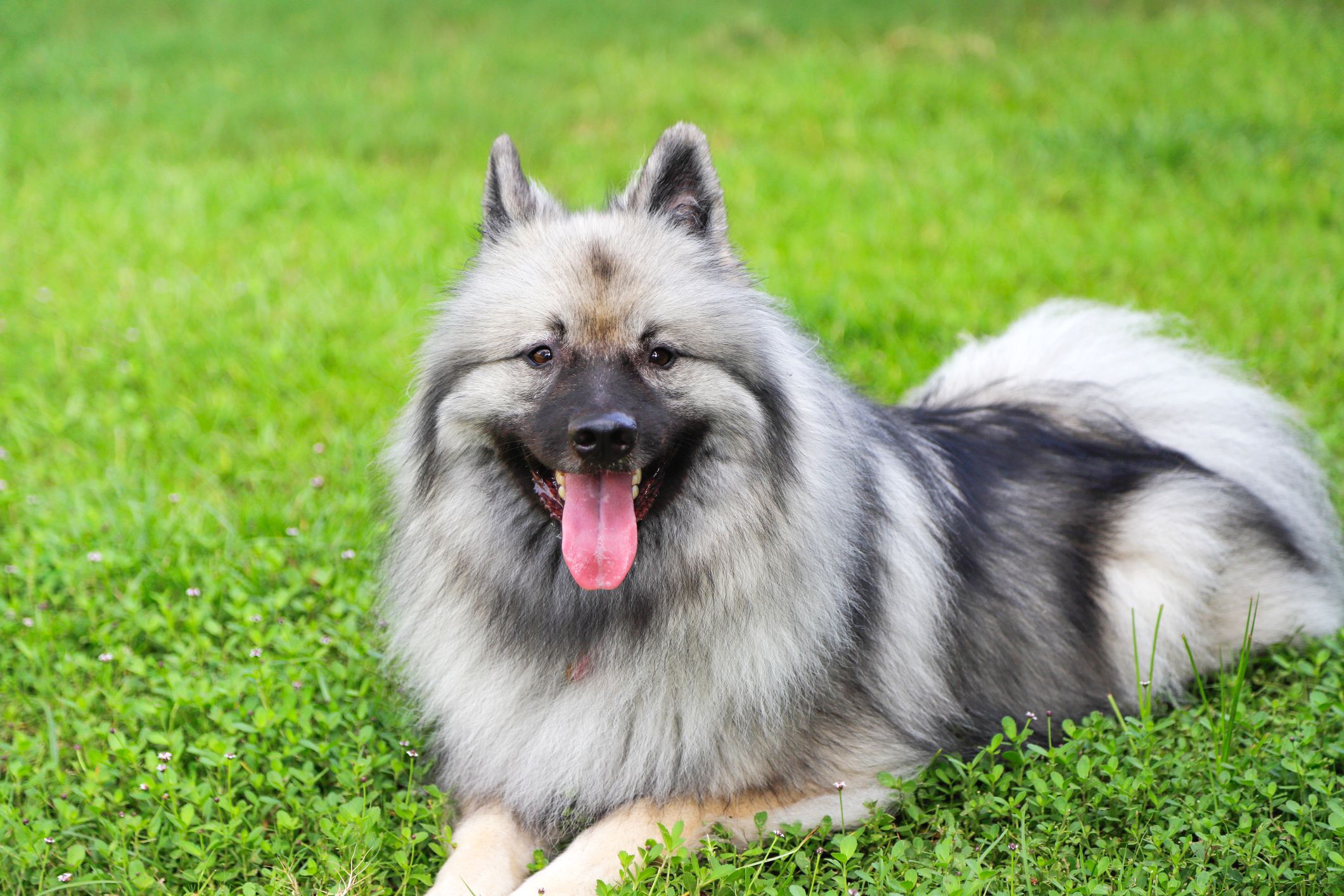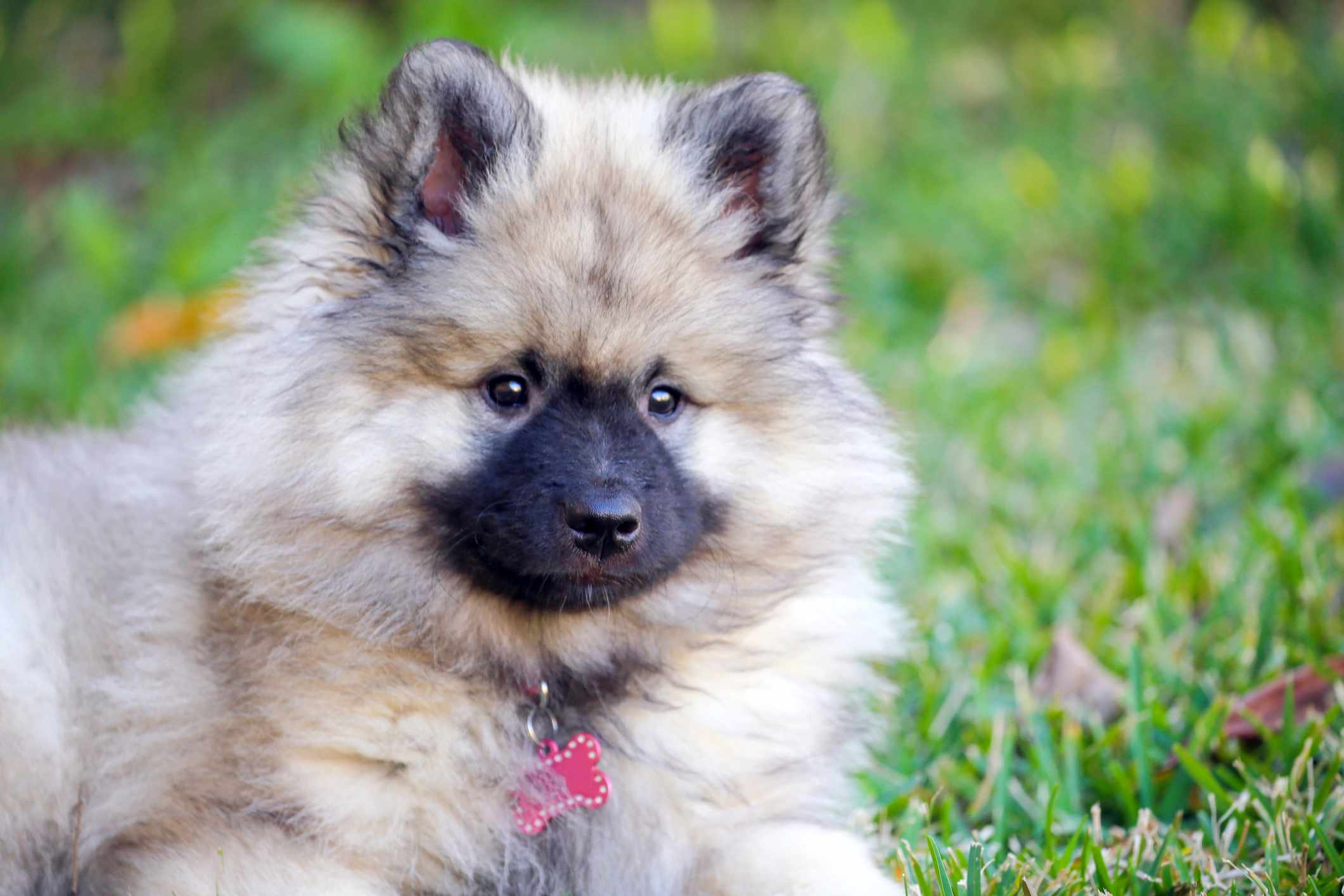
The Keeshond (pronounced "KAYZ-hawnd") is a charming and intelligent spitz-type breed with deep roots in the Netherlands. In the 18th century, the breed became closely associated with Dutch patriotism during a period of political unrest, where it served as a symbol of the Dutch middle class and their resistance against the aristocracy. The breed’s name comes from “Kees,” the leader of the Patriot faction, and “hond,” meaning dog in Dutch.
Originally used as a barge dog—guarding vessels, homes, and cargo along the Rhine River—the Keeshond earned the nickname “Dutch Barge Dog.” Its ability to alert owners to intruders and its affectionate, family-oriented temperament made it a beloved pet across many Dutch households.
It was introduced to England in the 19th century and eventually to the U.S., where it was recognized by the American Kennel Club in 1930.
While not among the most common breeds today, the Keeshond maintains a loyal fan base thanks to its foxlike features, joyful expression, and exceptional temperament. It’s especially popular among families and seniors looking for a companionable, adaptable dog that thrives on interaction and companionship.
Its "smiling" facial expression and fluffy appearance make it a standout in dog shows and family homes alike.
The Keeshond is medium-sized and carries many classic spitz features: a plush double coat, curled tail, and alert stance.
Coat: Thick, double coat with a soft, dense undercoat and a harsh, straight outer coat. Known for its distinctive mane around the neck and feathering on legs and tail.
Color:
• Mixture of grey, black, and cream (often described as "wolf-grey")
• Spectacles: unique markings around the eyes that give the breed its iconic “glasses” look.
Size:
• Height: 17–18 inches (43–46 cm)
• Weight: 35–45 lbs (16–20 kg)
Head & Expression: Foxlike with a tapered muzzle and distinct facial markings.
Ears: Small, triangular, and set high—always alert.
Tail: Tightly curled over the back and heavily plumed.
Body: Compact and squarely built—neither fragile nor bulky.
Keeshonden are affectionate, friendly, and attentive. They are happiest when involved with their families and tend to be natural “people dogs.”
Loyal and Loving: Bonds deeply with its people—very emotionally attuned.
Alert Watchdog: Barks to alert of strangers but isn’t aggressive—more of a "talker."
Social and Outgoing: Enjoys both human company and interaction with other dogs.
Highly Intelligent: Quick to learn and eager to please—responds well to positive training.
Moderate Energy: Loves to play but also knows how to relax indoors.

The Keeshond is ideal for those wanting a smart, friendly, and beautiful companion that thrives on family interaction.
Excellent Family Dog: Great with kids and other pets—gentle and patient.
Charming Personality: Playful, expressive, and often comical—keeps the home lively.
Manageable Size: Not too big or too small—perfect for apartments or houses.
Naturally Clean: Doesn’t tend to have a strong doggy odor despite a thick coat.
Loyal and Sensitive: Forms a close emotional bond—responsive to moods and affection.
Though the coat looks high-maintenance, the Keeshond is relatively easy to care for with regular upkeep and doesn’t need excessive exercise.
Training:
• Responds well to gentle, positive reinforcement.
• Can be sensitive—avoid harsh training techniques.
• Enjoys learning tricks and participating in dog sports like rally and agility.
Exercise:
• Moderate daily walks and play sessions suffice.
• Enjoys social time with family more than intense workouts.
Grooming:
• Brush 2–3 times a week to prevent mats, especially in the thick ruff and tail.
• Sheds seasonally—more frequent brushing during these times.
Nutrition:
• Feed a balanced diet for medium breeds—watch calorie intake to prevent weight gain.
Companionship:
• Not a breed to leave alone for long periods—can become anxious or vocal if isolated.

The Keeshond is generally healthy and long-lived, with a lifespan of 12–15 years. However, like all breeds, it can be prone to specific health concerns:
• Hip dysplasia
• Patellar luxation
• Epilepsy
• Hypothyroidism
• Heart disease (including PDA in some lines)
Responsible breeding and regular vet checkups help ensure long-term well-being.
Compared to the Pomeranian, the Keeshond is much larger and more laid-back. It’s more sociable and easygoing than the Finnish Spitz and less aloof than the Chow Chow. While sharing physical similarities with the Samoyed and American Eskimo Dog, the Keeshond is more moderate in size and temperament—less intense, more relaxed, and highly affectionate.
If you want a medium-sized, sociable, and intelligent companion who’s loyal, beautiful, and a joy to be around, the Keeshond could be your perfect match. It’s ideal for families, couples, or seniors who can provide attention and love.
Not recommended for those seeking a guard dog or very high-energy breed.
United Pet Club can help you find ethical breeders, grooming tips, and training resources to welcome this affectionate Dutch darling into your home. With its ever-smiling face and gentle spirit, the Keeshond is sure to become a beloved family member.